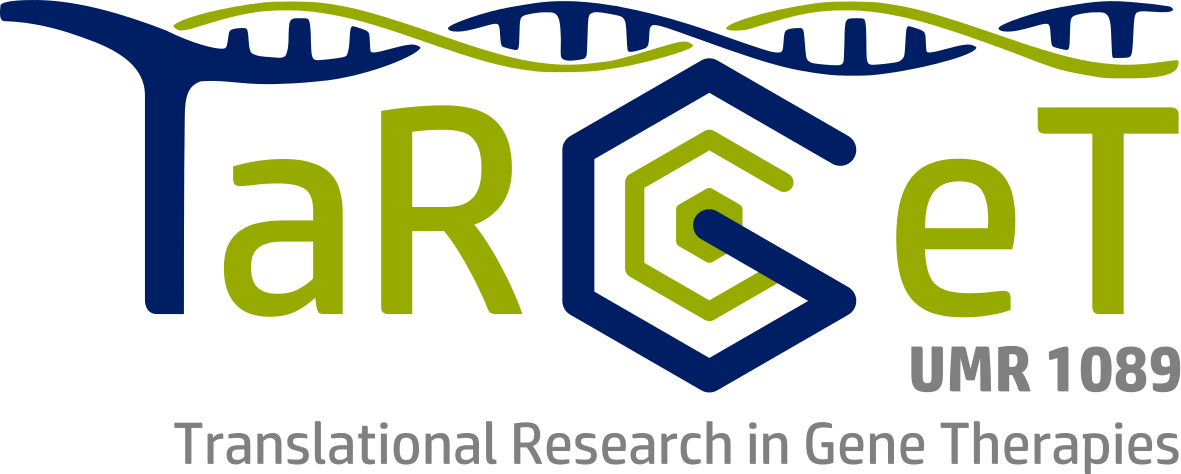TRPC3, but not TRPC1, as a good therapeutic target for standalone or complementary treatment of DMD
Résumé
Background Duchenne muscular dystrophy (DMD) is an X-linked inherited disease caused by mutations in the gene encoding dystrophin that leads to a severe and ultimately life limiting muscle-wasting condition. Recombinant adeno-associated vector (rAAV)-based gene therapy is promising, but the size of the full-length dystrophin cDNA exceeds the packaging capacity of a rAAV. Alternative or complementary strategies that could treat DMD patients are thus needed. Intracellular calcium overload due to a sarcolemma permeability to calcium (SPCa) increase is an early and critical step of the DMD pathogenesis. We assessed herein whether TRPC1 and TRPC3 calcium channels may be involved in skeletal muscle SPCa alterations and could represent therapeutic targets to treat DMD.Methods All experiments were conducted in the DMD mdx rat, an animal model that closely reproduces the human DMD disease. We measured the cytosolic calcium concentration ([Ca 2+ ] c ) and SPCa in EDL ( Extensor Digitorum Longus ) muscle fibers from age-matched WT and DMD mdx rats of 1.5 to 7 months old. TRPC1 and TRPC3 expressions were measured in the EDL muscles at both the mRNA and protein levels, by RT-qPCR, western blot and immunocytofluorescence analysis.Results As expected from the malignant hyperthermia like episodes observed in several DMD mdx rats, calcium homeostasis alterations were confirmed by measurements of early increases in [Ca 2+ ] c and SPCa in muscle fibers. TRPC3 and TRPC1 protein levels were increased in DMD mdx rats. This was observed as soon as 1.5 months of age for TRPC3 but only at 7 months of age for TRPC1. A slight but reliable shift of the TRPC3 apparent molecular weight was observed in DMD mdx rat muscles. Intracellular localization of both channels was not altered. We thus focused our attention on TRPC3. Application of Pyr10, a specific inhibitor of TRPC3, abolished the differences between SPCa values measured in WT and DMD mdx . Finally, we showed that a rAAV-microdystrophin based treatment induced a high microdystrophin expression but only partial prevention of calcium homeostasis alterations, skeletal muscle force and TRPC3 protein increase.Conclusions All together our results show that correcting TRPC3 channel expression and/or activity appear to be a promising approach as a single or as a rAAV-based complementary therapy to treat DMD.
Fichier principal
 Creisméas A et al 2021 TRPC3, but not TRPC1, as a good therapeutic target for standalone or complementary treatment of DMD.pdf (878 Ko)
Télécharger le fichier
Creisméas A et al 2021 TRPC3, but not TRPC1, as a good therapeutic target for standalone or complementary treatment of DMD.pdf (878 Ko)
Télécharger le fichier
| Origine | Fichiers produits par l'(les) auteur(s) |
|---|
